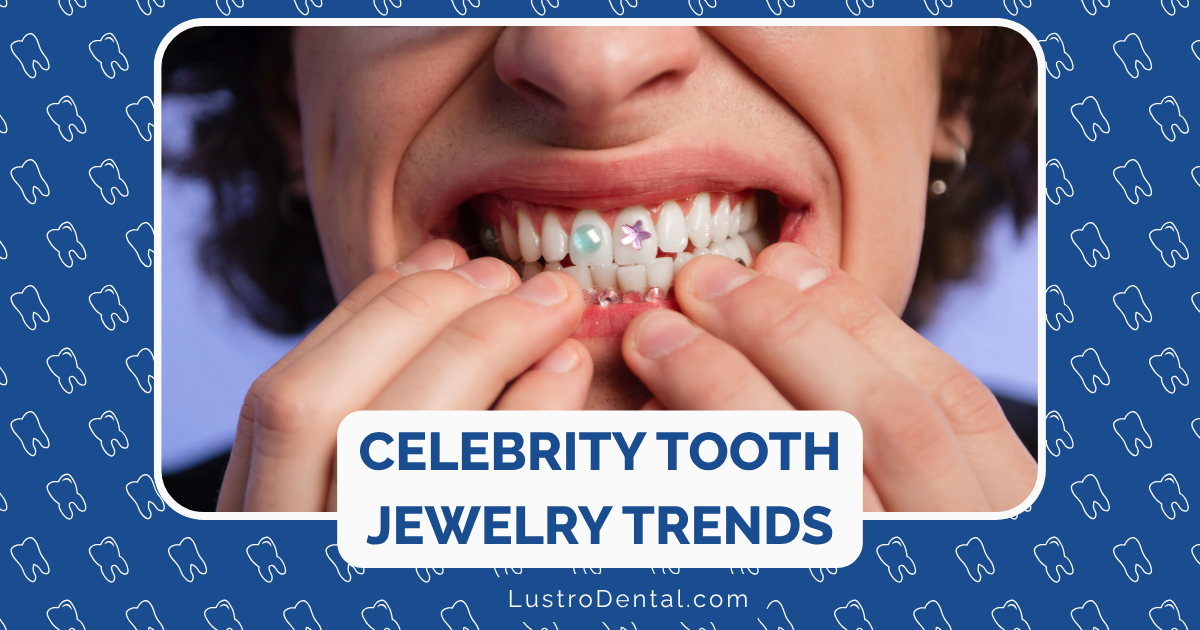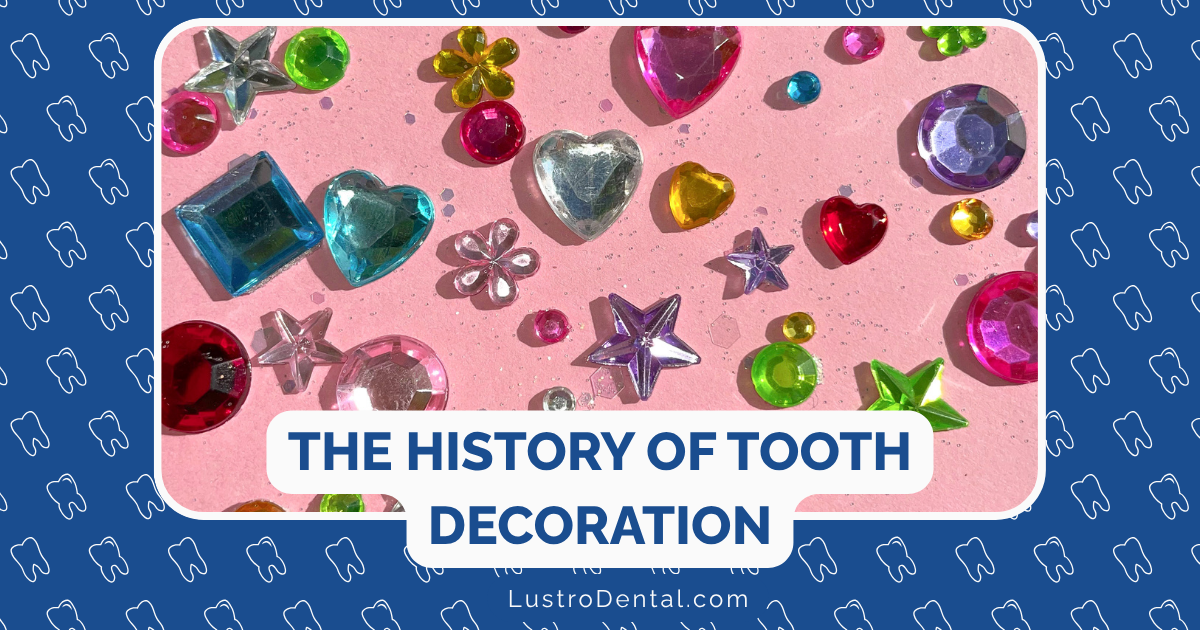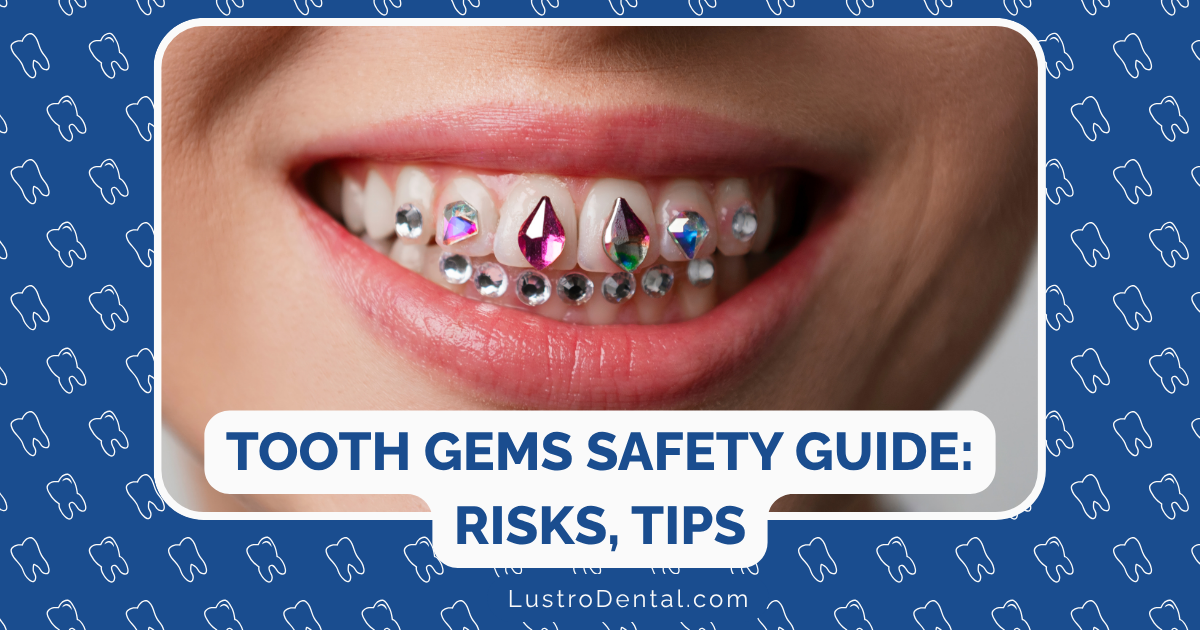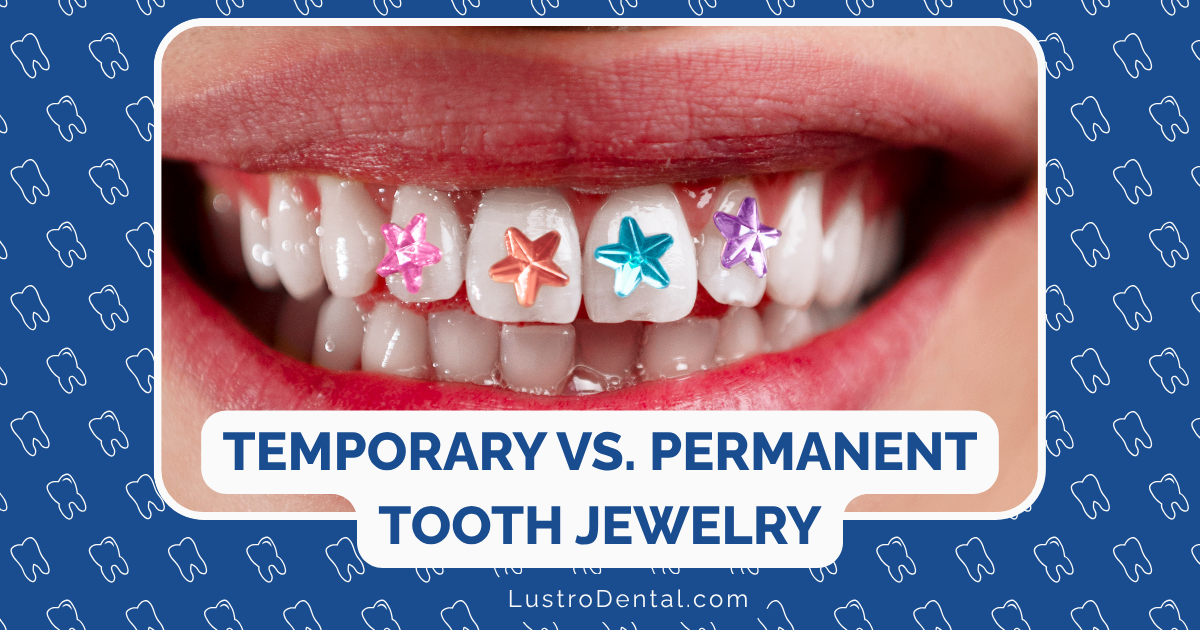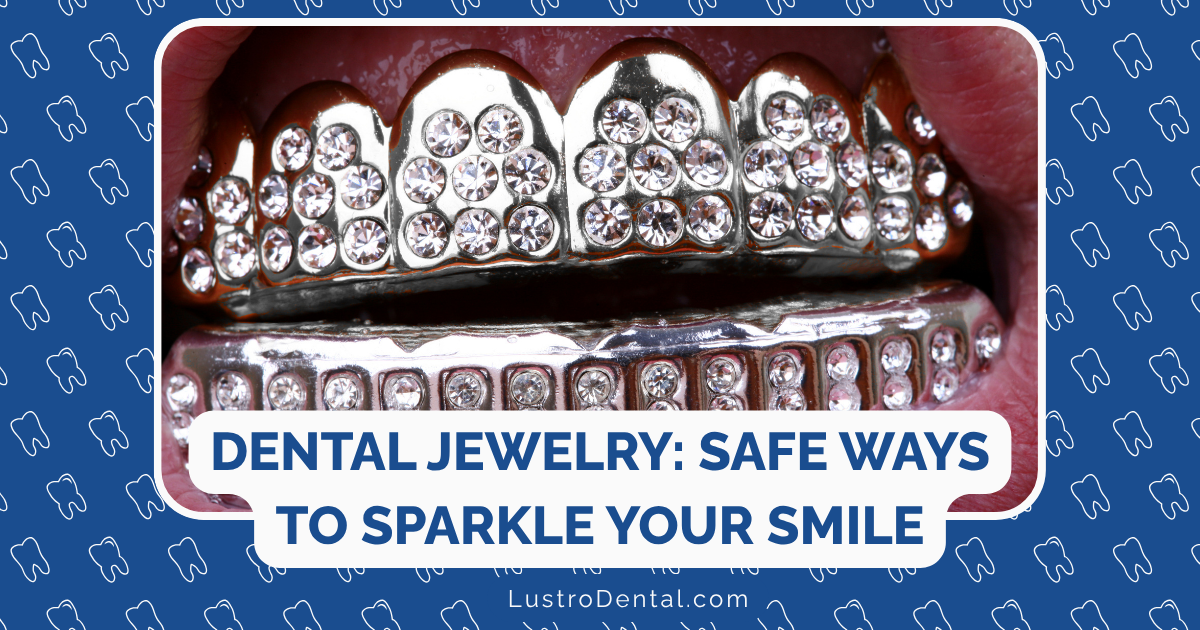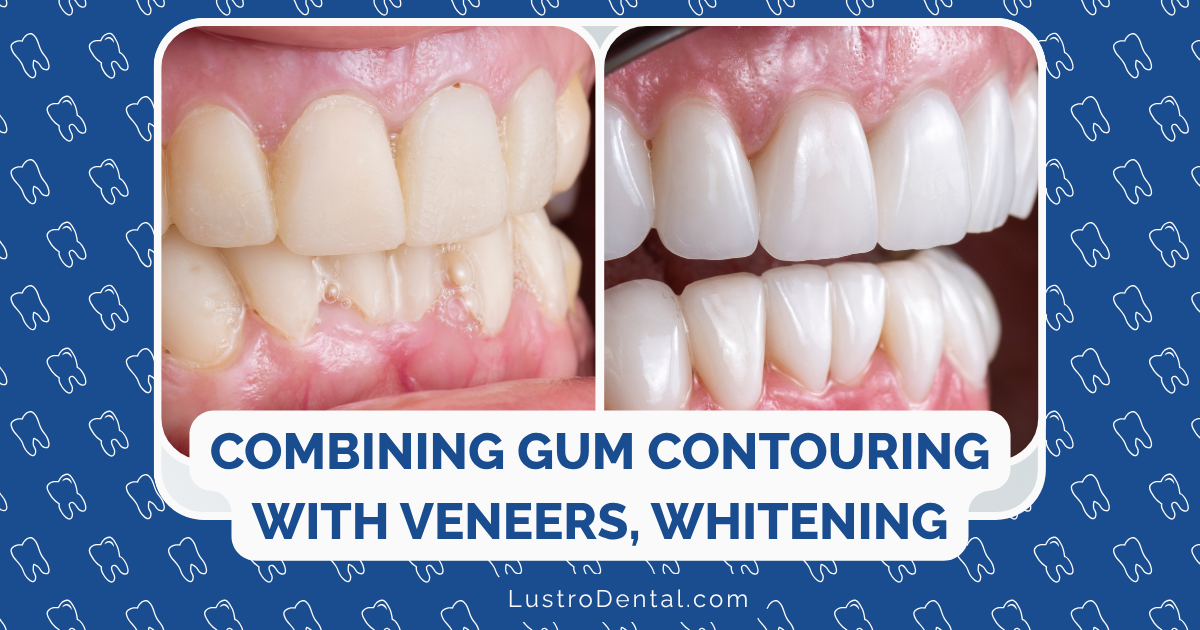Same-Day Smile Fixes: How Dental Bonding Solves Common Aesthetic Issues

In today’s fast-paced world, waiting weeks for a smile transformation isn’t always practical. Whether you have an upcoming job interview, a special event, or simply want to address a cosmetic concern that’s been bothering you for years, sometimes you need a solution—and you need it now.
Enter dental bonding: the unsung hero of cosmetic dentistry that can transform your smile in just one visit. As someone who’s helped countless patients achieve remarkable smile transformations in a single appointment, I’ve seen firsthand how this versatile procedure can boost confidence and solve common aesthetic issues without the wait or hefty price tag of other cosmetic treatments.
Let’s explore how dental bonding can provide same-day solutions for your smile concerns.
What Exactly Is Dental Bonding?
Dental bonding is a cosmetic procedure that uses a tooth-colored composite resin (the same material used for modern fillings) to repair or enhance the appearance of teeth. The material is applied to the tooth surface, shaped to perfection, and then hardened with a special ultraviolet light.
The beauty of bonding lies in its versatility and immediacy. According to the American Dental Association, it’s one of the most frequently performed cosmetic dental procedures, and for good reason—it can address multiple aesthetic concerns in just one appointment.
The 30-Minute Smile Makeover: Common Issues Dental Bonding Can Fix
1. Chipped Teeth: From Broken to Beautiful
A chipped tooth can happen in an instant—biting down on a fork, taking a fall, or even opening a package with your teeth (which we don’t recommend!). These chips, especially on front teeth, can significantly impact your smile and confidence.
Dental bonding can seamlessly repair chips by:
- Rebuilding the missing portion of the tooth
- Restoring the natural contour and shape
- Matching the color perfectly to surrounding teeth
Real patient experience: Sarah chipped her front tooth on a Friday night and had an important presentation on Monday. With dental bonding, we were able to repair her tooth in a 45-minute appointment on Saturday morning, restoring both her smile and her confidence for her presentation.
2. Closing Gaps: No Braces Required
While some people embrace their tooth gaps (like model Lauren Hutton), others feel self-conscious about them. Dental bonding offers a quick solution for closing small to moderate gaps between teeth without months of orthodontic treatment.
The procedure can:
- Close spaces between teeth in a single visit
- Create a natural-looking result
- Preserve all of your natural tooth structure
According to a 2023 study in the Journal of Esthetic Dentistry, dental bonding can effectively close gaps up to 2mm wide with excellent aesthetic results.
3. Discoloration: Beyond What Whitening Can Fix
While teeth whitening works wonders for general discoloration, it can’t address certain types of stains or white spots. Dental bonding excels at treating:
- Intrinsic stains (stains inside the tooth structure)
- Fluorosis spots (white patches from excess fluoride during tooth development)
- Discoloration from old fillings
- Single discolored teeth that don’t respond to whitening
The composite resin can be color-matched to your desired shade, creating a uniform, bright appearance.
4. Reshaping Imperfect Teeth: Custom Contouring
Not everyone is born with perfectly shaped teeth. Some teeth may be:
- Too short or small
- Pointed or irregularly shaped
- Slightly rotated or misaligned
- Worn down from grinding
Dental bonding can artfully reshape these teeth, creating harmony and balance in your smile without removing healthy tooth structure.
5. Protecting Exposed Roots: Function Meets Aesthetics
Receding gums can expose tooth roots, leading to sensitivity and an aged appearance. Dental bonding can:
- Cover exposed roots to reduce sensitivity
- Restore a more youthful gumline appearance
- Protect vulnerable root surfaces from decay
The Dental Bonding Process: What to Expect
One of the most appealing aspects of dental bonding is the straightforward, comfortable process:
1. Preparation (5-10 minutes)
- Little to no preparation of the tooth is needed
- Anesthesia is usually not required unless filling a cavity
- The tooth surface is lightly etched and coated with a conditioning liquid to help the bonding material adhere
2. Application and Artistry (15-30 minutes per tooth)
- The dentist applies the putty-like resin
- The material is carefully shaped and molded
- A special light hardens the material in just seconds
- Final shaping and polishing creates a natural look and feel
3. The Big Reveal (Immediate)
- You can see your transformed smile immediately
- No recovery time needed—you can eat, drink, and smile right away
- The entire process typically takes 30-60 minutes per tooth
Dr. Amanda Johnson, a cosmetic dentistry specialist at the American Academy of Cosmetic Dentistry, notes: “What makes dental bonding unique is the combination of immediate results and artistic technique. It’s truly where science meets art in dentistry.”
Bonding vs. Other Cosmetic Options: Why Choose Same-Day Solutions?
To help you understand if bonding is right for your situation, let’s compare it to other popular cosmetic treatments:
| Feature | Dental Bonding | Porcelain Veneers | Dental Crowns |
| Treatment time | Single visit (30-60 min per tooth) | 2-3 visits over 2-3 weeks | 2+ visits over 2-3 weeks |
| Cost | $300-$600 per tooth | $925-$2,500 per tooth | $1,000-$3,500 per tooth |
| Tooth preparation | Minimal to none | Moderate enamel removal | Significant tooth reduction |
| Reversibility | Completely reversible | Not reversible | Not reversible |
| Durability | 5-7 years average | 10-15 years average | 15+ years average |
| Best for | Minor to moderate issues, quick fixes | Major aesthetic changes, long-term investment | Structurally damaged teeth |
Real-Life Transformations: Before and After
The impact of dental bonding is best illustrated through real results:
Case Study 1: The Emergency Fix
Patient: Michael, 34, sales executive Concern: Chipped front tooth before a job interview Solution: Single-tooth bonding Time: 45-minute appointment Result: Natural-looking repair that gave him the confidence to nail his interview
Case Study 2: The Smile Makeover
Patient: Jennifer, 42, teacher Concern: Multiple small gaps between front teeth Solution: Bonding on four upper front teeth Time: 2-hour appointment Result: A cohesive, gap-free smile that enhanced her natural beauty
Maximizing the Lifespan of Your Bonding
While dental bonding typically lasts 5-7 years, proper care can extend its lifespan:
- Practice excellent oral hygiene
- Brush twice daily with non-abrasive toothpaste
- Floss daily to maintain gum health around bonded teeth
- Be mindful of staining substances
- Limit coffee, tea, red wine, and tobacco
- Rinse with water after consuming staining foods or beverages
- Avoid using teeth as tools
- Don’t bite fingernails, pens, or open packages with your teeth
- Avoid chewing ice or hard candies
- Consider a nightguard if you grind your teeth
- Grinding can wear down bonding material faster
- A custom nightguard protects your investment
- Schedule regular dental checkups
- Professional cleanings help maintain bonding appearance
- Your dentist can polish bonding to refresh its appearance
Is Dental Bonding Right for You?
Dental bonding is ideal for patients who:
- Need a quick solution for aesthetic concerns
- Have minor to moderate cosmetic issues
- Prefer conservative treatment that preserves natural tooth structure
- Are looking for a budget-friendly option
- Want to “test drive” a new look before committing to more permanent options
However, it may not be the best choice if you:
- Have severe misalignment requiring orthodontic treatment
- Need extensive structural repair of damaged teeth
- Grind your teeth heavily without using protection
- Are looking for the longest-lasting solution regardless of cost
The Future of Dental Bonding: 2025 Innovations
The field of dental bonding continues to evolve, with several exciting developments on the horizon:
- Advanced composite materials with improved stain resistance and durability
- Digital smile design technology for more precise planning and predictable outcomes
- Bioactive bonding materials that help remineralize surrounding tooth structure
- Enhanced curing lights that improve bond strength and reduce procedure time
According to the Journal of Cosmetic Dentistry, newer composite formulations are showing up to 40% greater wear resistance and stain resistance compared to materials from just five years ago.
Taking the First Step
If you’re considering dental bonding to address aesthetic concerns, the first step is a consultation with a cosmetic dentist who can:
- Evaluate your specific concerns
- Determine if bonding is the right solution
- Show you shade options and discuss the expected results
- Provide a clear cost estimate for your treatment
Many dentists even offer digital smile previews so you can see potential results before committing to treatment.
Conclusion: The Power of Same-Day Smile Transformation
In a world where we’ve grown accustomed to waiting for results, dental bonding stands out as an immediate solution for common aesthetic concerns. It offers the unique combination of convenience, affordability, and conservation of natural tooth structure—all while delivering smile-transforming results in just one visit.
Whether you’re addressing a single chipped tooth or seeking a more comprehensive smile enhancement, dental bonding might be the quick, effective solution you’ve been looking for. The confidence that comes from loving your smile is priceless, and with dental bonding, that confidence is just one appointment away.
Have you experienced dental bonding? What was your experience like, and how has it held up over time? Share your thoughts in the comments below!
Disclaimer: This article is for informational purposes only and does not constitute dental advice. Always consult with a qualified dentist to determine the best treatment options for your specific situation.


